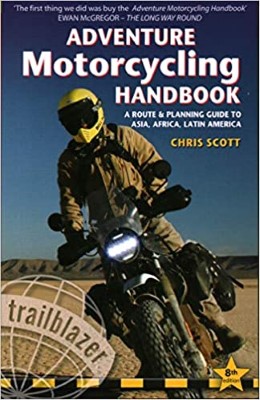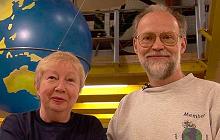Ilmichil to Dades
Leaving the Gorqe du Jaffar, I continued towards Imilchil, following route MH1 from Chris Scott's roadbook. Navigation was generally easy and the piste was mainly gravel and tarmac. Only at one point I had to take a diversion as the road was washed out from floods earlier that year. For much of the piste I was joined by the French group I met earlier who, as it turned out, were on their 10th trip - always with the same driver!
 Piste to Imilchil
Piste to Imilchil
On the piste I came across two French riders on a R1200GS who were stranded with a puncture. I guess I couldn't be of much help apart from offering my food pump, which turned out to be much more reliable than the gas bullets in their puncture repair kit. Generally, I wasn't too convinced with the blutack-like rubber seal in their kit as it didn't seem to seal too well. But compared to my slime can, which was more then useless as it turned out later, it was pretty good. They did manage to mend it eventually and after having some lovely picknick with Salade Maroccaine and sardines the other french group invited me to, we continued towards Imilchil.
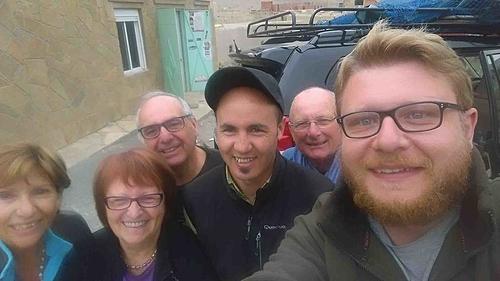 Me and my French-Moroccan Company
Me and my French-Moroccan Company
I arrived in Imilchil fairly late and for simplicity booked myself into the same hotel the French travellers stayed at - it had some amazing Kefta! I decided to stay for the next day as well, as I had fairly stable internet access and a breathtaking scenery around me. Imilchil is one of the larger Berber villages in the High Atlas. It is most known for the Betrothal Festival - a traditional Berber wedding festival and is a popular destination for mountain hikers. The village has everything on offer one needs (theoretically): a tourist office (which was closed), a post office (closed) with a cash machine (that didn't work), many gites, cafés, a chemist and most important a petrol station.
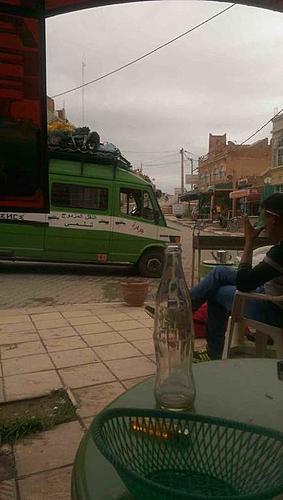 Imilchil
Imilchil
Two days later, I set of for Dades, looking forward to riding the famous upper Dades Gorge and the highest part of my journey - the piste should wind up to more than 2900m altitude. So I set off to the petrol station to end up not getting my bike started again. I spend a fair bit, with the help of locals, to get it running again. Eventually, one of the locals, Tarik, knew a mechanic who fixed the issue in no time (dirty spark plugs). I exchanged phone numbers with Tarik, as his family run a small auberge near Merzouga, where I would stay for a couple of days later.
The ride over the Dades piste was absolutely breathtaking. Since I first set food (or tyre) on the High Atlas, I was blown away by the mountainous beauty that presented itself. A lot of the mountains are washed out, owing to the torrential rainfalls the region is notorious for. This leaves the most incredible shapes and colours. On the Dades piste I was riding over vast high plateaus till the piste eventually winded up over the pass where one gets amazing views of the gorge.
Still mesmerised by the views, I suddenly realised the thunderstorms that were forming ahead of me. Although it didn't look like they would reach me, I thought downhill would be the safest option in any event. That was easier said than done as the track had some massive drops and there was a thin layer of mud on it that was enough to raise adrenalin levels quite a bit.
 Upper Dades Gorge
Upper Dades Gorge
I eventually made it down to the river Dades, where I run into more trouble: The storms left quite a bit of rain, leading to the river Dades being unpassable. Often one can simply wait till water levels passed sufficiently.

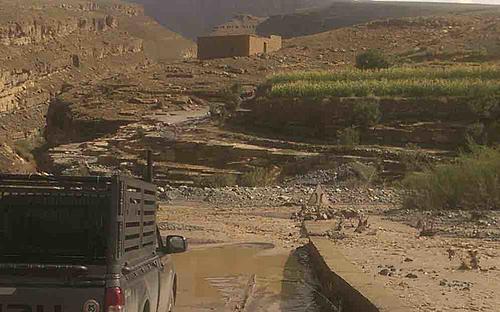 Left: Ford when I arrived; Right: About one hour later
Left: Ford when I arrived; Right: About one hour later
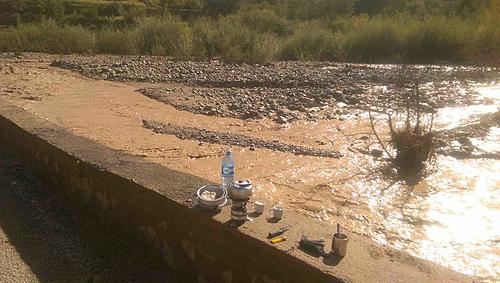 The sensible thing to do in such a situation: Tea!
The sensible thing to do in such a situation: Tea!
So after waiting about an hour I attempted the crossing, which turned out easier than I thought. The same couldn't be said about the parts of road that followed: I had to negotiate through heavy rock and mudslides, which actually was quite a bit of fun and I was surprised how well my bike took it. But then I realised that something wasn't quite right when I noticed a bit of oversteering in the twisties that followed. So I stopped and found myself with a flat tyre. So, out comes the tool box, in goes the new tube and after about half an hour (with the help of a few locals; the TKC tyres aren't easy to break), I was ready to go again.





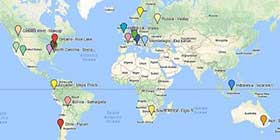









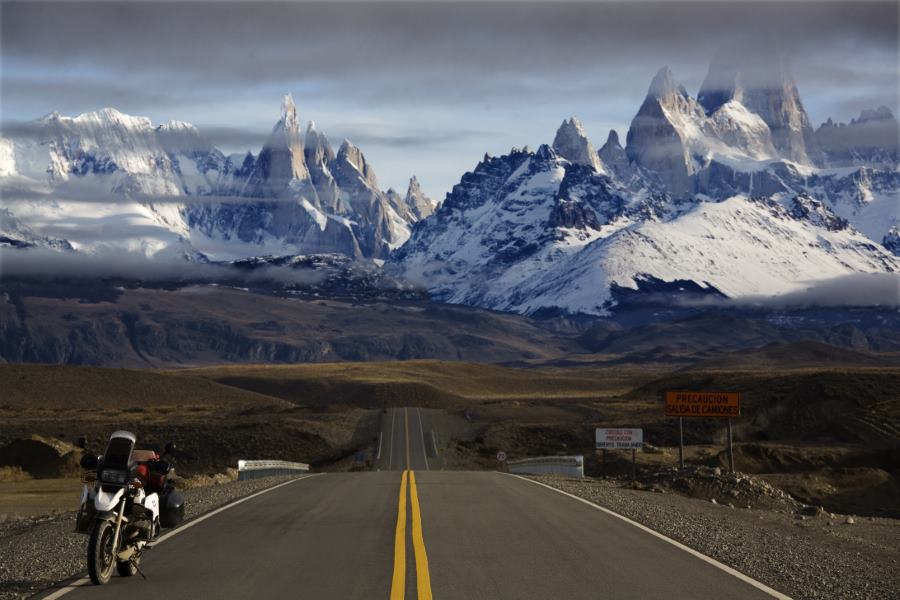

 3Likes
3Likes


















 Threaded Mode
Threaded Mode



